Rifles by countries and continents. Part of 16. "And then push the cartridge with your finger ..."
And it was so that after the appearance of the Peabody rifle, as it always happens, many of her imitations appeared. This and Roberts rifle, and Vesteley Richards, and Swinburne, and Cochran, but simply can not list them all. But immediately followed by improvements of a different kind, for example, attempts to combine the Peabody shutter and the sub-barrel store. So the Crag-Peterson rifle became the first magazine rifle adopted in service in Norway, with the Peabody shutter being used again, but with a unique drive system and, in addition, a barrel gantry. Another feature of it was ... exceptional simplicity, since the cartridge fed into the receiver from the magazine was fed into the chamber, with a finger!
The first sample of Ole Johannes Krug's rifle, the 1869 model of the year, with a barrel-mounted magazine and the shutter control lever located on the right of the receiver. Subsequently, a similar lever received a Rudolf Schmidt rifle of the 1873 model.
12,17 mm rifle "Krag-Petersson" M1876. (Museum of Defense, Oslo)
Let's start with the authors. Ole Hermann Johannes Krag was an officer in the Norwegian army and served in artillery. In 1870 he worked as a controller at an arms factory in Kongsborg, and since 1880 he became its chief, while simultaneously inventing handguns. In 1869, he proposed his first rifle, in 1874, together with the Swedish engineer Alex Petersson, he created a successful model of the rifle, adopted by the Norwegian and Danish fleetsIn 1888, in collaboration with Eric Jorgenson, he created a rifle, adopted in 1889 by the Danish army, in 1892 by the American, and in 1894 by the Norwegian. In 1902, he retired, and six years later he proposed a self-loading pistol of the original design.
The caliber of the 1874 rifle was equal to 12,17 mm. A cartridge for it, charged with black black powder, had an uncoated lead expansion bullet and lateral ignition. A total of about 900 – 1000 units were manufactured. Crag Petersson rifles. Moreover, about half of this amount was made at the company of Carl Gustav in Sweden, and the other half was produced at the Karl-Johans factory in Norway. And it was the first rifle, developed by Ole Krag, adopted for service. However, it was Axel Petersson who in 1871 proposed to change its design so as to achieve the utmost simplicity and use a minimum of details in it. In fact, a characteristic feature of all Peabody bolt-on rifles was the presence of a lever that controlled this bolt and a hammer that hit the rim of the cartridge with side ignition or striker, which pinched the cap of the central combat. Here and at Ole Krag at the very beginning such a lever was present. But Petersson found an even simpler solution.
Barrel rifle "Crag Petersson". Left view. The locking plate for axles is clearly visible.
He proposed to make it possible to control the bolt using only one trigger, which immediately made the rifle mechanism both simpler and more reliable in operation. Well, the tubular grenade shop of Ole Krag on the new model was also saved.
Barrel rifle "Crag Petersson". Right view. (Museum of Defense, Oslo)
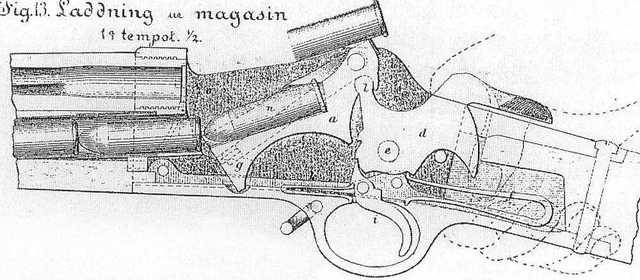
Details of the mechanism of the Crag-Petersson rifle. (Museum of Defense, Oslo)
It turned out a construction (see photo), very simple compared to any modern rifles and consisted of only eight main parts: a receiver with a spring placed inside, a trigger (upper left), a bolt (right), a striker (a detail above the bolt), axes fastening the trigger and bolt, and the locking plate for these axes, similar in purpose to the plate on a Remington rifle with a mounting screw.
Remington carabiner chambered for 8x58R M1867 caliber. (Museum of Defense, Oslo)
Designers tied the trigger on the rifle with the bolt and springed it, at the same time increasing it in size. Now it was enough to take the rifle by the neck of the butt and press the trigger lever so that it was pressed down to the stop so that the bolt moved down. At the same time, the extractor first threw the cartridge case out of the barrel, and then, as the shutter continued to go down, another cartridge was pushed out of the supply tray at the top of the gate from the tubular magazine, and the cartridge located on the tray was respectively pushed out. Now the lever could be released a little. The shutter rose, closed the opening of the store and put the cartridge lying on the feeder on the discharging line. From her, he went to the chamber with the finger of his left hand. Now it was possible to release the lever. At the same time, the bolt rose even higher, locking the chamber, but ... the lever itself, which was part-trigger, remained cocked. When you pull the trigger, he hit the striker, which was followed by a shot. The magazine containing the 10 rounds was under the barrel. However, it was necessary to stick your fingers into the shutter carefully, because a shutter could pinches the skin on a thumb unfamiliar with the features of this weapon.
As you can see, in order to bring the bolt into action, it was necessary only to squeeze the trigger lever with the palm of the thumb of the thumb until it stops ... And then, again, to push the cartridge into the chamber. Easier and can not be!
Such a simple and therefore reliable system could not attract the attention of the military. Therefore, when in the year 1872 she was introduced to the Norwegian / Swedish Artillery Committee, he liked it. It was suggested to continue testing the rifle, which was done in 1873 and 1874. In total, positive results were obtained. The reports especially praised the rifle's accuracy, its rate of fire, and the fact that its extractor worked smoothly. The reason for the last praise was that on the Remington M1867 - the standard rifle of the Norwegian army - he very often could not remove the empty case and had to be beaten out with a ramrod!
Having released the lever, it was possible to raise the bolt to the dismounting line and send the cartridge with a finger into the chamber. Then the bolt rose even higher, locked the chamber and stood on a combat platoon.
It was noted that the rifle is not only very durable, but is also free to make 18 - 19 sighting shots per minute. Again, faster than the standard Remington M1867, which made all the 13 shots per minute. During the tests, it turned out that 11 charges - ten in the store and one in the chamber - can be released in just 25 seconds. Well, and its durability has appeared directly above all praises. So, during the tests, she was repeatedly thrown from the height of 4 meters on stones to see if at least one cartridge in the store would explode or not. And what? Surface damage to the butt and lodge took place. But none of the cartridges ever exploded, and the rifle mechanism was not damaged.
Clearly visible: the breech, the store feeder, the bolt. (Museum of Defense, Oslo)
After careful consideration, the 30 rifles were given to the Royal Guard, where they were used with the 1875. These 30 rifles are different from later rifles, being 35 mm shorter than all the others. By the way, during the tests, approximately 15 000 shots were made from each rifle. However, they all functioned very well.
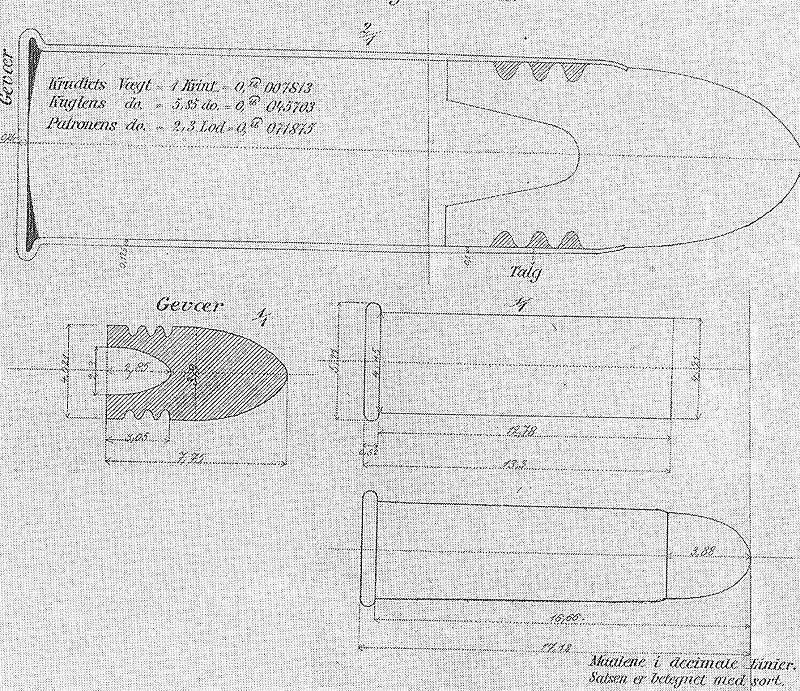
Cartridge to the rifle "Crag Petersson".
However, the committee did not recommend the Crag Petersson rifle as a weapon for the Norwegian and Swedish armies, primarily because the cartridge for which it was designed was considered obsolete. At the same time, the committee has already begun testing the Yarman M1884 rifle. Nevertheless, the Royal Norwegian Navy decided to adopt this rifle at 1876, indicating that they still continue to use the old M1860 rifle with a camor lock, paper cartridge (!) And capsule ignition, which could make a maximum of four shots per minute. It was also clear that until the Yarman rifle was equipped with an army, the fleet would not receive it, at least until the next decade.
Rifle "Krag-Petersson" М1876, the shutter and the trigger lever. (Museum of Defense, Oslo)
The original order placed by the Royal Norwegian Navy included all 450 rifles, but then increased to 975. The weapon was ordered and delivered with all the necessary tools, including a cap on the barrel, a carrying strap and a flask for oil.
The bayonet to the rifle was of the so-called yataganny type, which had an S-shaped blade and a wooden handle with a copper guard and pommel. By modern standards, the bayonet was quite large with a full length of 71 cm, of which 57 cm was in the blade. Interestingly, today the bayonet to this rifle is even more rare than itself, and the bayonet can bring to its owner approximately 1 000 $ if he is in good condition and wishes to sell it.
Bayonet to the M1876 rifle (Museum of Defense, Oslo)
It is interesting that this rifle, being one of the first magazine rifles adopted for service, caused great interest both in Europe and in many countries of the world. But despite the good reports on the test results, only Norway decided to use it, and then only in the fleet. Most likely, the main reason for this is that the rifle was designed for an outdated cartridge, and there were doubts whether it would be able to operate just as successfully with more powerful ammunition.
Rifle caliber 12,17 mm "Krag-Petersson" M1876. (Museum of Defense, Oslo)
In 1876, the Danish armed forces tested two rifles from Norway, and they liked them so much that they ordered 115 in 1877 a year to continue. But despite the good results, the Danes decided not to take the "Crag Petersson" into service. Therefore, Krag did not receive license payments for rifle production in Denmark, but was later knighted by the Order of Danebrog (the second most important Order of Denmark!) As a reward for “Krag-Petersson” and for “Krag-Jorgensen” rifle, accepted into service in 1889 year.
"Store switch" that appeared on the rifle not immediately.
France also checked the Crag Petersson and accepted — without asking permission — the exact same store switch for their own Kropachek rifle. True, in compensation, Krag was made a Knight of the Order of the Legion of Honor. Russia and Brazil tested this rifle, but did not accept it.
Carbine based on the Crag-Petersen rifle chambered for the caliber 11-mm. (Museum of Defense, Oslo)
Interestingly, the Krag-Petersson served in the Royal Norwegian Navy for almost 25 years, along with the Järmann rifle, and then, with the 1896, and the Krag-Jørgensen. By 1900, they were considered obsolete and sold to civilians. It is known that in 1928, only in military depots there were only 70 of such rifles. Today they are very rare, and they cost from 2 000 US dollars and higher.
Absolutely monstrous capsule chamber rifle of the Norwegian Navy M1849-67 with a bolt-chamber, which was controlled by a side lever and with a trigger under the receiver.
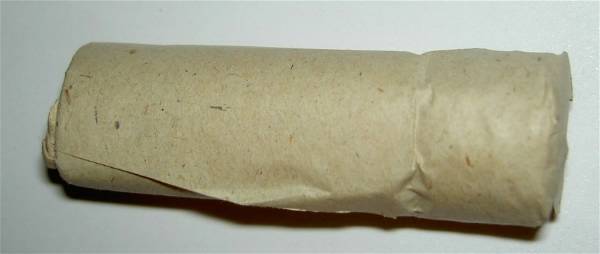
Cartridge for this rifle.
It is known that Roald Amundsen had such a rifle with the registration number 168, probably bought from the Royal Norwegian Navy immediately after the 1900. But it is unclear whether she accompanied him on expeditions, as shown in the Fram Museum in Oslo.
To be continued ...
- V.Shpakovsky
- Rifles by countries and continents. Rifles heirs of the Vikings. Continued (part of 15)
Rifles by countries and continents. Viking Heirs Rifles (part 14)
Rifles by countries and continents. Mauser from Radom and Mauser Verguero (part 13)
Rifles, palm trees and dictators. Mausera Central America and the Caribbean Islands (Rifles by countries and continents - 12)
Rifles by countries and continents. Part of 11. Like a ross rifle, I almost became Huot's machine gun.
The same "Spencer." Rifles by country and continent - 10
Rifles for South America (Rifles by countries and continents - 9)
Rifles - the heiress of revolver guns (Rifles by countries and continents - 8)
Great Gun Drama USA (Rifles by Countries and Continents - 7)
Great Gun Drama USA (Rifles by Countries and Continents - 6)
Great Gun Drama USA (Rifles by Countries and Continents - 5)
Great Gun Drama USA (Rifles by Countries and Continents - 4)
Great Gun Drama USA (Rifles by Countries and Continents - 3)
Great Gun Drama USA (Rifles by Countries and Continents - 2)
Rifle for Simo Hyahuya (continuation of the theme “Rifles by countries and continents” - 1)
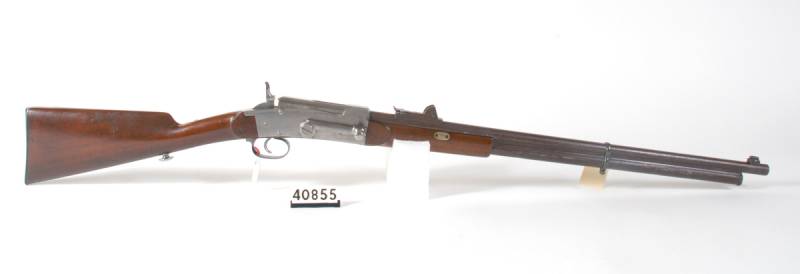

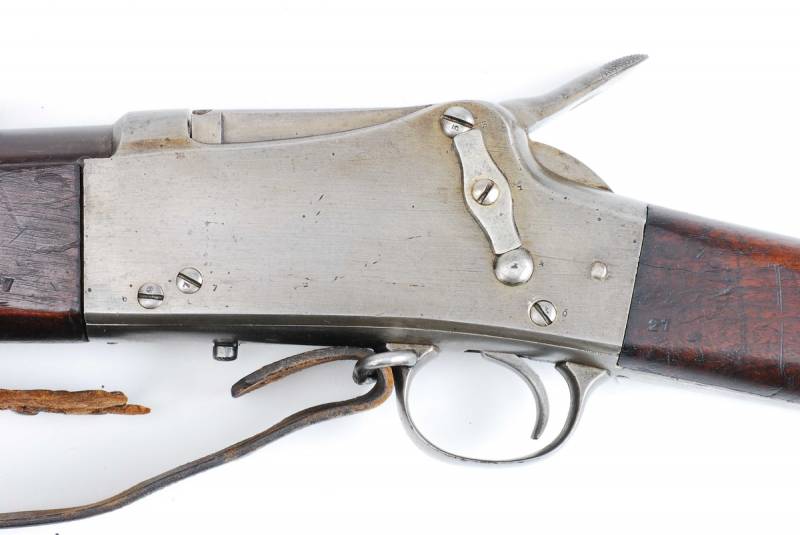
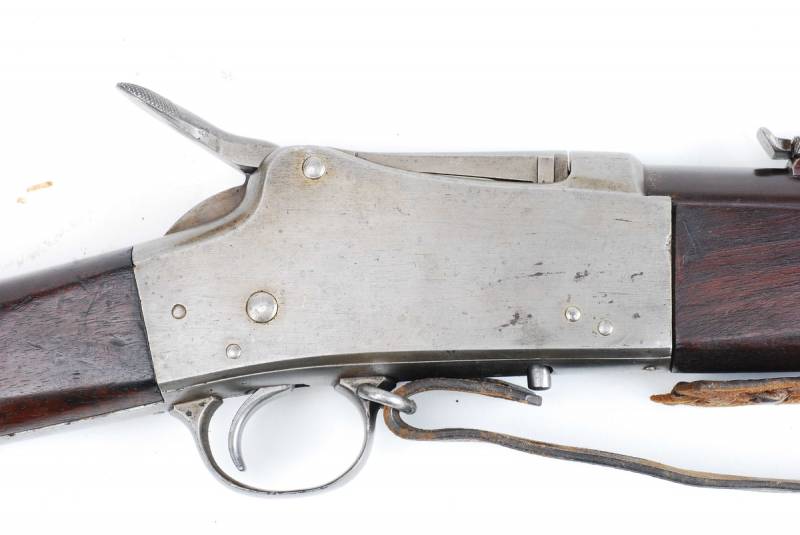

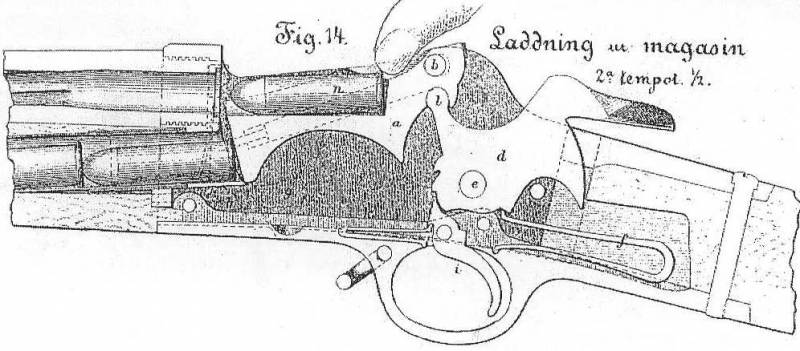
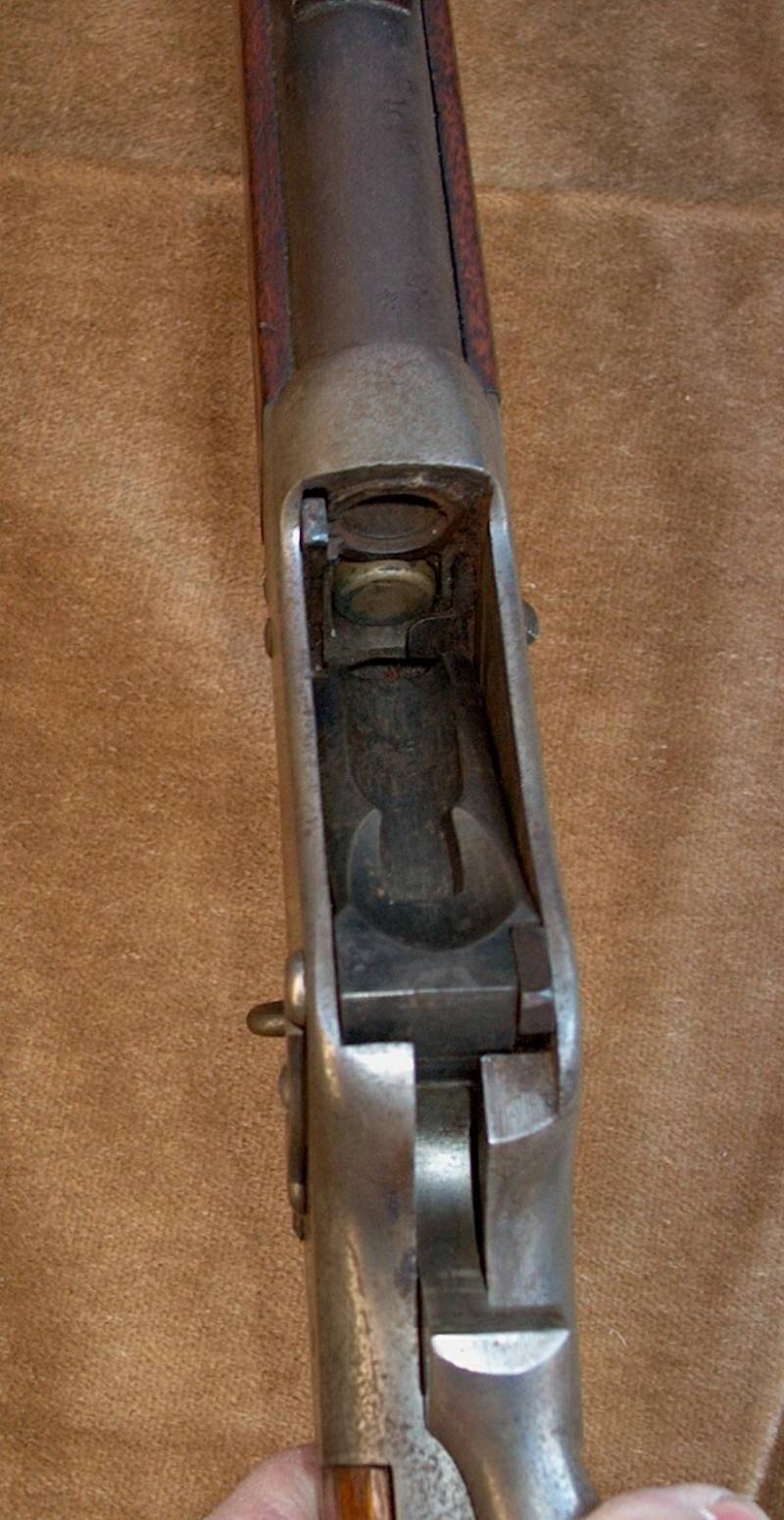

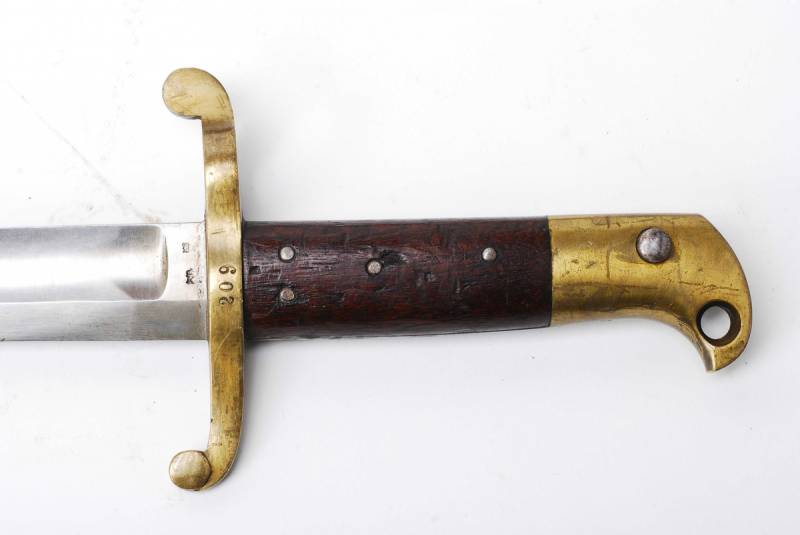

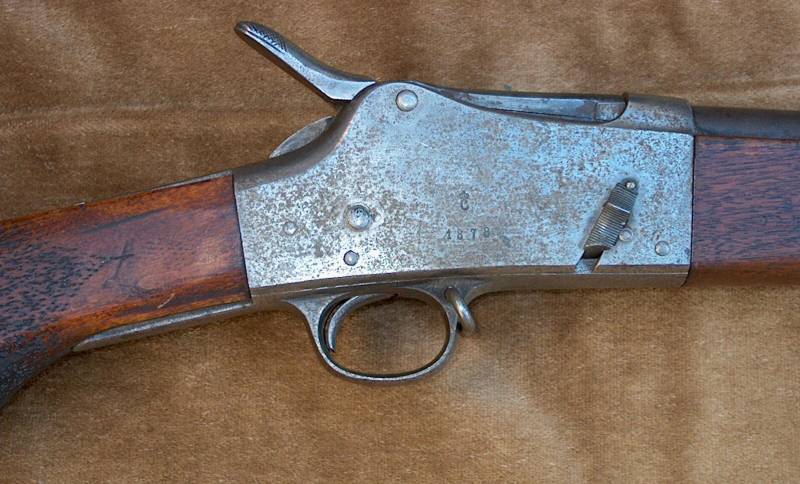


Information